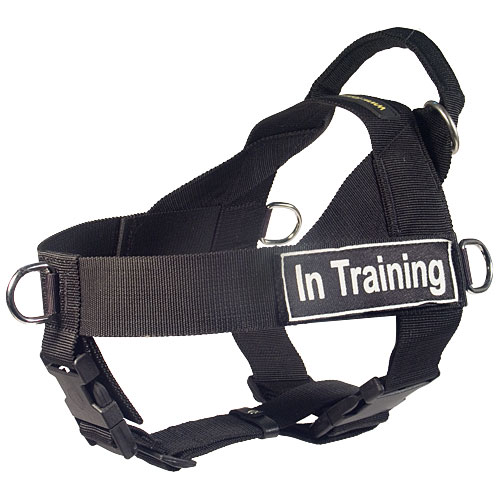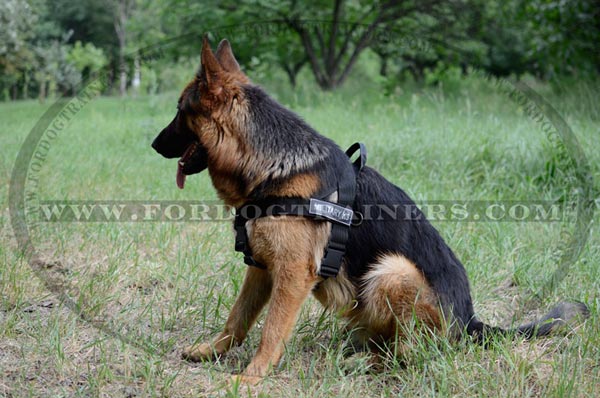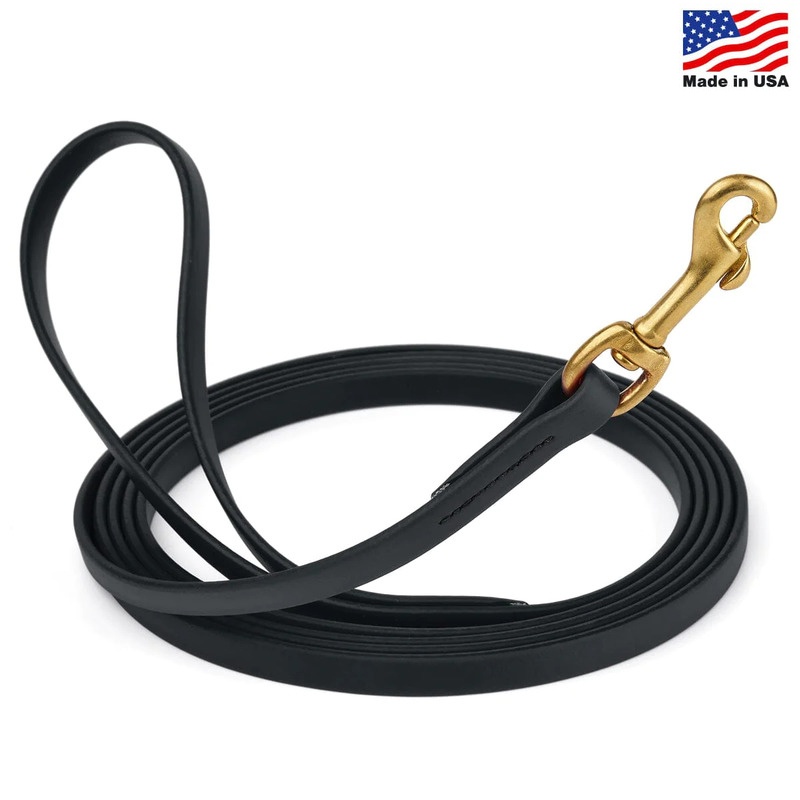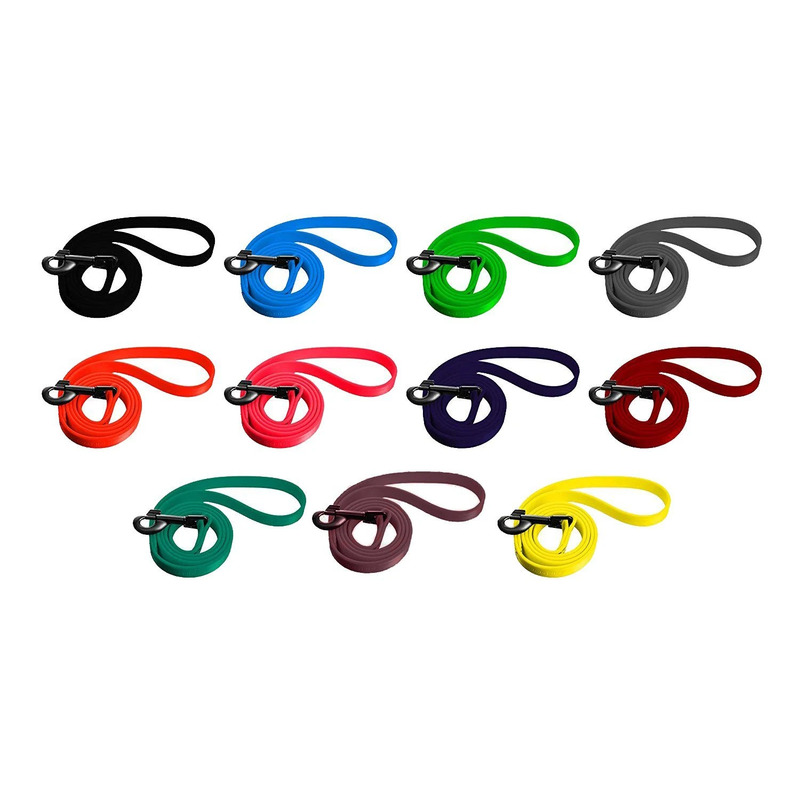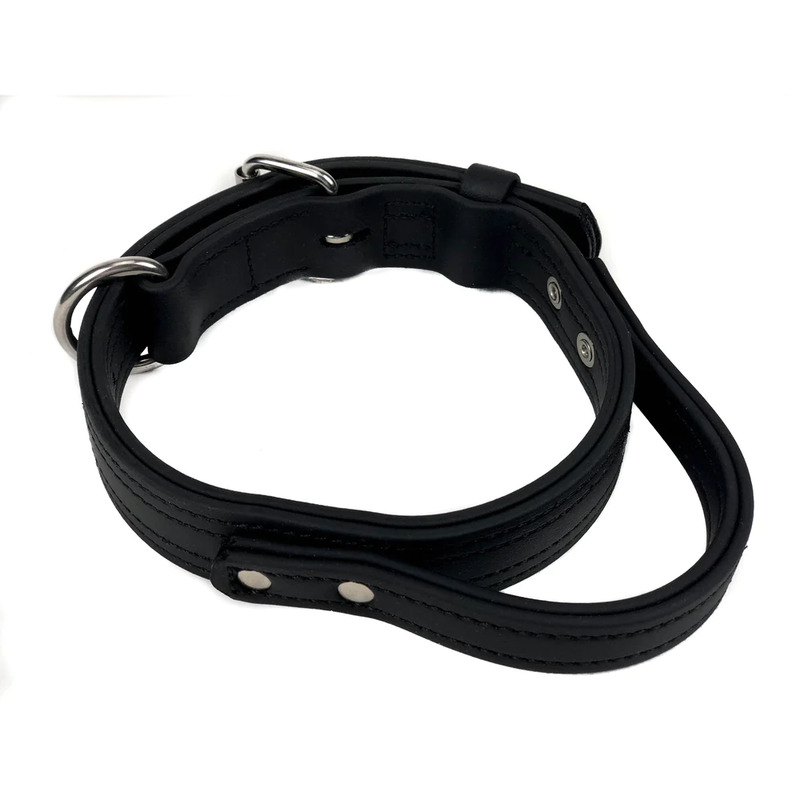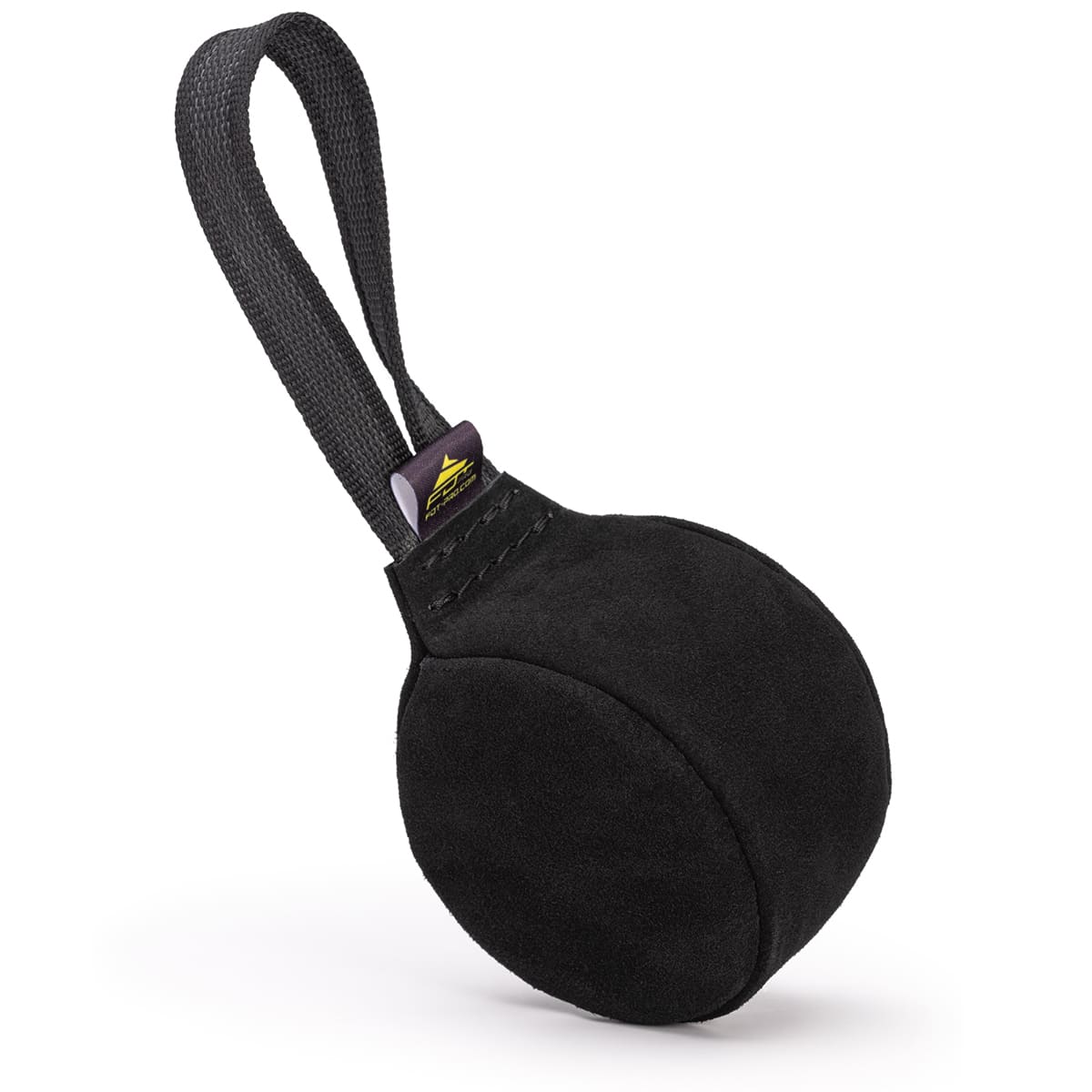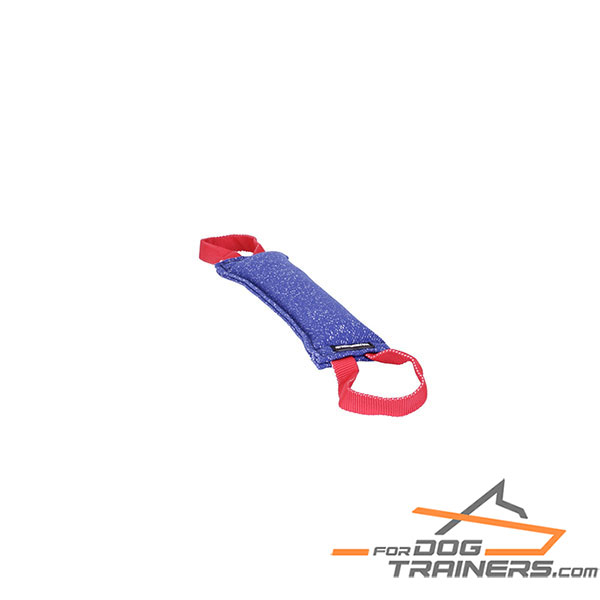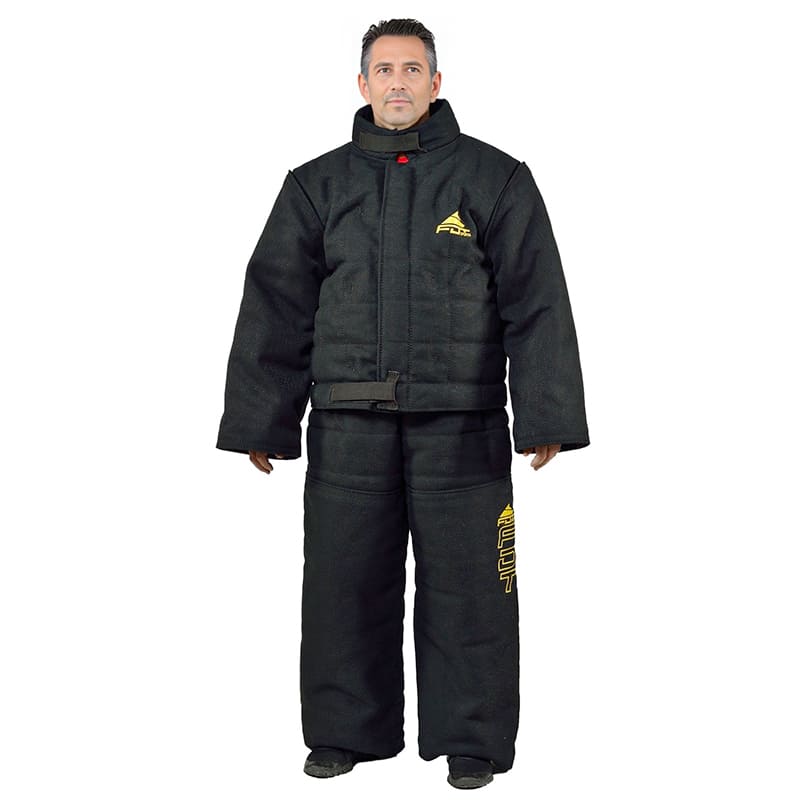Search and rescue (SAR) dogs play a crucial role in finding missing people and saving lives. These highly trained canines need specialized equipment to perform their jobs effectively. Here’s some of the best professional-grade tracking equipment used by SAR dog teams.
| Key Takeaways |
|---|
|
• SAR dogs have a 95% success rate in wilderness searches • Training a SAR dog takes approximately 600 hours • GPS collars are used by 78% of SAR teams • SAR dogs can cover up to 100 acres in a single day • Advanced equipment enhances SAR dogs’ effectiveness across various environments |
Contents
1. Essential Harnesses for SAR Dogs
A good harness is vital for SAR dogs. It provides control and comfort during long searches. Nylon harnesses are popular because they’re strong and work well in all kinds of weather. These harnesses spread pressure evenly across the dog’s body, reducing strain during long searches. They often have reflective strips for better visibility in low light.
This multi-functional nylon harness has a good control system and comes with velcros and a comfortable handle. It’s great for SAR work because it’s tough and works well in any weather. The harness can be adjusted to fit different dog breeds and sizes, which is important for comfort and performance during long searches.
2. High-Performance Leashes for Tracking
SAR dogs need special leashes that are strong and easy to hold. Biothane leashes are great because they’re waterproof and don’t rust. These leashes work well in wet or muddy conditions, where normal leather or nylon leashes might wear out. Biothane is also easy to clean, which is good for keeping things hygienic during SAR operations.
The 33 ft Biothane leash is made of high-quality waterproof-coated webbing and has solid brass hardware. This leash is perfect for SAR work, and even law enforcement or military operations use it. The long length lets handlers give their dogs more freedom to search while still keeping control, which is important in SAR operations.
3. Specialized Collars for SAR Dogs
SAR dogs often wear special collars that are tough and easy to grab. Biothane collars are popular because they’re waterproof and simple to clean. These collars can handle the tough conditions of SAR work, including different weather and rough terrain. Biothane is durable, so the collar stays in good shape during long searches.
This Biothane agitation collar with a handle is flexible, durable, and easy to clean. The handle makes it easy to control the dog during intense searches. The collar can be quickly put on or taken off, which is important in emergencies when time matters.
4. Training Aids for SAR Dogs
SAR dogs need lots of training to do their job well. Special toys called bite tugs help them practice grabbing and holding onto things. These training aids are like objects or surfaces a SAR dog might find during a real search. Regular training with these tools helps keep the dog’s skills sharp and keeps them excited about their work.
This leather bite tug and the French linen bite tug have handles that make it easy for trainers to hold onto during practice. These training aids are tough enough to handle lots of use and strong bites from working dogs, so they can be used for a long time in a SAR dog’s training.
5. GPS Collars and Tracking Technology
GPS collars help SAR teams keep track of their dogs during searches. These high-tech devices show where the dog is and how far it’s gone. Modern GPS collars for SAR dogs often include extra features like real-time tracking, alerts when the dog goes out of a certain area, and even checking the dog’s health. This technology helps handlers make smart decisions about where to search and keeps the dogs safe in tough areas.
As you can see, most SAR teams use GPS technology to help them work better. Some even use drones to get a bird’s-eye view of the search area. Using these technologies has made SAR operations much better, letting teams cover bigger areas more effectively and respond faster to new situations.
6. Protective Gear for SAR Dogs
SAR dogs sometimes work in dangerous places. They might need special clothes to stay safe. Protective suits help keep dogs safe during training and real searches. While full bite suits are mainly used for police and military dog training, SAR dogs often use other protective gear. This might include booties for rough ground, cooling vests for hot weather, or floating devices for water searches.
This competition-level protection bite suit is lightweight and very flexible, making it great for experienced trainers. While it’s mainly used for police dog training, similar protective gear can be useful for SAR dogs working in rough terrain. The ideas of protection and flexibility used in these suits are often part of specialized gear for SAR dogs, keeping them safe without making it hard for them to move and search effectively.
7. The Importance of Proper Training Equipment
Training SAR dogs takes a lot of time and money. But it’s worth it because these dogs save lives. Here’s some information about SAR dog training:
| Aspect | Data | Status |
|---|---|---|
| Average training time | 600 hours | Average |
| Air-scent detection training | 95% of SAR dogs | Excellent |
| Cross-trained in trailing | 60% of SAR dogs | Good |
As you can see, training a SAR dog takes a lot of work. But with the right equipment and dedication, these dogs become amazing helpers in search and rescue operations. The long training makes sure that SAR dogs can work well in different places and situations, making them very important in emergency response teams.
8. Equipment for Various Terrains
SAR dogs work in all kinds of places. They might search in forests, mountains, or even collapsed buildings. That’s why they need gear that works well in different environments. For example, dogs working in city search and rescue might need special boots to protect their paws from sharp things, while those working in avalanche rescue might need warm gear to protect against very cold weather.
The search and rescue equipment used depends on where the dog is working. For example, dogs searching in cold areas might need special boots to protect their paws from ice and snow. In water rescue, dogs might wear special life vests that let them move freely while helping them float. The variety of SAR dog equipment makes sure these canine heroes can work well in any situation they find themselves in.
Conclusion: Investing in Quality Equipment for SAR Dogs
Search and rescue dogs are heroes that help save lives. They need the best equipment to do their important job well. From strong harnesses to high-tech GPS collars, each piece of gear helps these amazing dogs work better and safer. Good equipment not only helps SAR dogs perform better but also keeps them safe and able to work for a long time in this important job.
If you want to learn more about working dogs and their equipment, check out the ForDogTrainers website. They have lots of information and products for all kinds of working dogs, including those brave SAR canines that help keep us safe. Understanding the equipment used in SAR operations can teach you a lot about how complex and important this life-saving work is.

